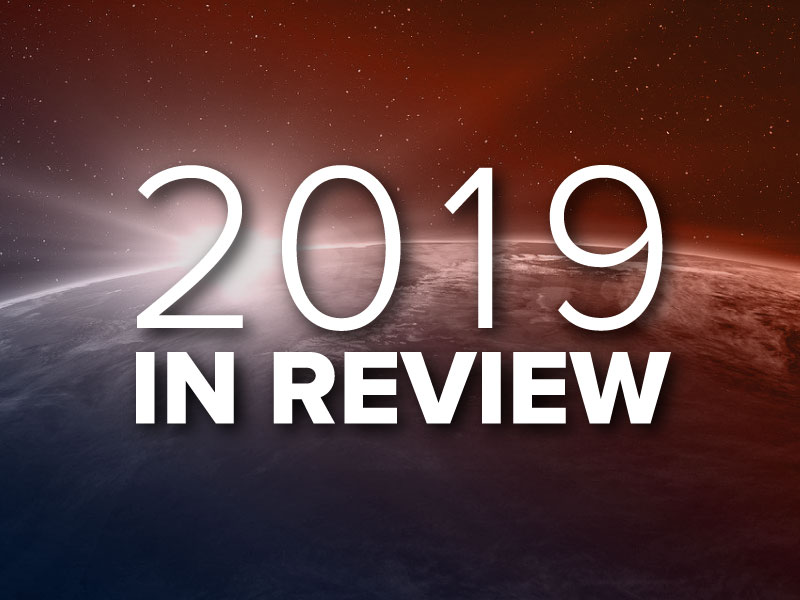The European ETF ecosystem continued in its rapid evolution in 2019 amid ongoing innovation and increasing flows,
and IMC’s withdrawals from the market towards the end of the year show the pressure on fees is being felt more than ever.
Favourable markets and solid inflows throughout the year helped ETF assets in Europe reach $960bn by the end of October, according to data from ETFGI, just $40bn short of the symbolic $1trn milestone.
Fixed income has been the story of the year in terms of flows with investors pouring a record $107bn into bond ETFs in H1 amid recessionary fears and looser monetary policy from the major central banks.
Innovation in fixed income ETFs is a key area issuers are targeting. While the battle in the market cap equity space is done and dusted, it is only just getting started in bonds with fixed income ETFs making up under 1% of the overall debt market.
In response, issuers are offering more and more granular ways of slicing and dicing the market. Tabula Investment Management continued its drive in the more niche areas of the market such as crossover and volatility premium ETFs while Lyxor launched a suite of yield curve steepener ETFs that enable investors to play the shape of the US Treasury and German bund yield curves, the first of its kind.
Environmental, social and governance (ESG) investing has also exploded this year in the ETF space. Two issuers continue to dominate in Europe, BlackRock, which launched Europe’s first high yield ESG ETF, and UBS, which partnered with STOXX and S&P Dow Jones Indices, respectively, to bring out ESG versions of their famous Euro STOXX 50 and S&P 500 indices.
Questions remain as to whether there can be more consistency between the different ESG data providers. This is a major issue for the ESG space as it can be used as an enabler for greenwashing.
Steps have been taken by the European Union to try and tackle the lack of consistency, however, there remains a long way to go.
Arguably the biggest news in 2019 came right at the end of the year when ETF Stream revealed BMO had decided to pull the plug on its European ETF business.
The Canadian bank cited the current AUM levels and projected asset growth as the reasons for the decision having only gathered €608m since entering the market four years ago.
The news serves a reminder to asset managers there are no guarantees in the ETF game and even though a firm can have a differentiated product set, the distribution is just as important, especially in a fragmented market such as Europe.
Fragmentation is one of the major differences between Europe and the US. MiFID II was introduced to tackle this problem and encourage greater transparency across the European fund market.
However, the directive has had the unintended consequence of squeezing the margins of ETF trading firms which before MiFID II could bundle research and trading costs into one package. Now they cannot do that, firms such as IMC have taken a backstep on equities and ETF trading in Europe.
From firms exiting the ecosystem to one entering. Goldman Sachs made its long-awaited arrival to the European ETF market in September with the launch of a smart beta US equity product, the Goldman Sachs ActiveBeta US Large Cap Equity UCITS ETF (GSLC).
GSAM's EMEA ETF head Peter Thompson told ETF Stream the firm is planning to launch up to 10 ETFs in Europe by the end of Q1 next year.
Meanwhile, Lyxor completed the integration of Commerzbank’s asset management activities including its €8.6bn ComStage ETF range following the acquisition in July 2018.
It will be interesting to see if anyone can break the dominance of BlackRock in terms of flows, however, it is clear battle lines have switched from the market cap equity space to ESG and fixed income which will no doubt benefit investors in terms of both price and innovation.


